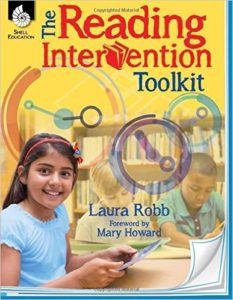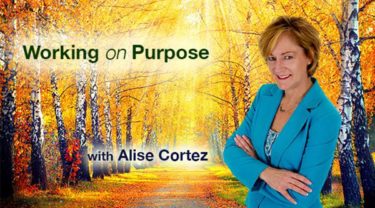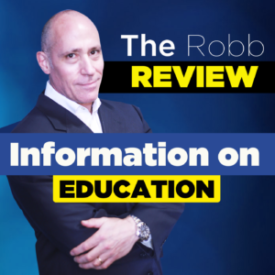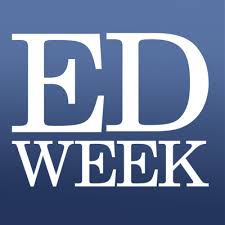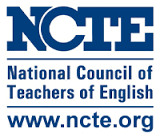Remote Learning and The Principle of School Culture
By Evan Robb
America and the world are experiencing a time of significant change, a time of great challenges. Educators, with little to no warning, have had to transition learning and instruction to an online environment for millions of children. In tandem with shifting learning and teaching to the online world, we also face the challenge of moving our schools’ cultures to teaching and learning online. This shift creates an opportunity resulting in a challenge to you and myself: If the culture of our schools and divisions will need to exist online, then we have a collective responsibility to sustain our schools’ cultures and keep them alive and maintain their vitality. This will require leadership.
When things run smoothly in schools, we often take leadership for granted. However, during these times of the changes and challenges caused by the spread of COVID-19, we start to define leaders and their leadership by their words and actions. To maintain the positive elements of a school’s culture in this climate will require collaborative leadership that includes administrators, teachers, and support staff.
If you are an administrator, consider these six reflections so you can set the tone in your online school. If you are a teacher, apply these same reflections to your online classroom. All staff has a responsibility to create the school they want during this time of remote learning.
As you review my six points and my culture-building questions, consider where you are right now, what you are doing well, and what changes you can make.
Six Points and Questions for Reflections
Set the Example: Educators must set an example of what behaviors define the school during remote learning. Collectively, we set examples through modeling, consistent response, and repetition. Consider the professional examples set in lesson creation, expectations, personal efficacy, taking risks, being innovative, or the example set in maintaining communication and feedback to students and families—inconsistency results in confusion.
Culture Builder: Are your actions setting an example and inspiring others to do more and be more?
Enhance Connections: Take time to make connections with students, families, colleagues, and friends. Everyone will handle the time of remote learning differently, but most people in education enjoy making connections.
Culture Builder: Are you initiating connections? How are you making connections? Are you sharing successes and challenges with colleagues?
Cultivate Relationships: Positive administrative-teacher-student relationships are always part of an effective classroom and school. Relationships don’t happen by accident; they require effort and a commitment, a mutual understanding that they are important.
Culture Builder: How are you creating positive relationships remotely to get students motivated and interested in engaging in learning?
Do Maslow Before Bloom: Grace before grades. We cannot fully understand the challenges faced by all families and students. This is a time to be flexible, more caring, and more empathetic. Schools can exist without grades, but they can’t without feedback.
Culture Builder: Are your lessons and communications demonstrating flexibility, empathy, feedback, and grace over traditional assessment?
Choose Optimism: Appearing down or frazzled can have a negative impact on those around you. Effective principals and teachers create and model a definable tone for communicating optimism and positivity. Staff who model optimism impact other staff, students, and the culture of a school. Optimism is the ability to focus on where we are going, leaders own their optimism, and everyone can be a leader.
Culture Builder: It can be hard to be positive during difficult times, but each day we can choose to be optimistic about the future, better days will come. Are you choosing optimism through words and actions?
Engage in Self-Care: Educators give to others. But to be our best, we also need to give to ourselves. When we do, we are better. Better at instruction, collaboration, communication, reflecting, learning, and perpetuating the culture of our classrooms and schools
Culture Builder: How will you take care of yourself knowing this will make you more effective at what you do?
Reflect on these six points and culture-building questions as you lead remote learning and hone your school’s culture in a remote learning environment. To nurture your school’s culture during remote learning, offer supportive feedback, help with finding appropriate materials, meet frequently to answer questions, and live growth mindset every day, knowing that with time and hard work, school leaders, teachers, staff, and students can move forward in a positive environment. Make a commitment for yourself, students, parents, and schools to enhance your school’s culture every day!
Audere est Facere
Website: Robb Communications
Blog: The Robb Review Blog
Twitter: @ERobbPrincipal
Facebook: The Robb Review
Podcast, The Robb Review Podcast
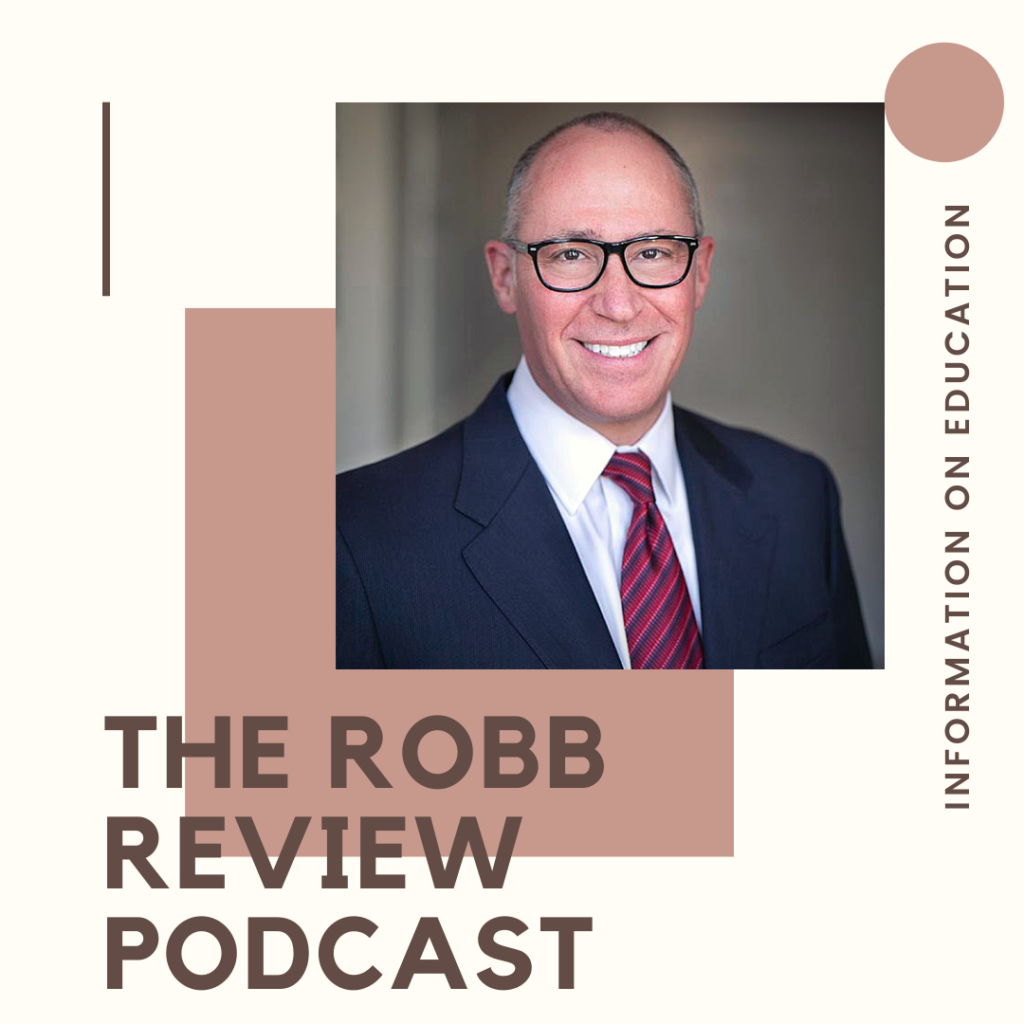
![]()

